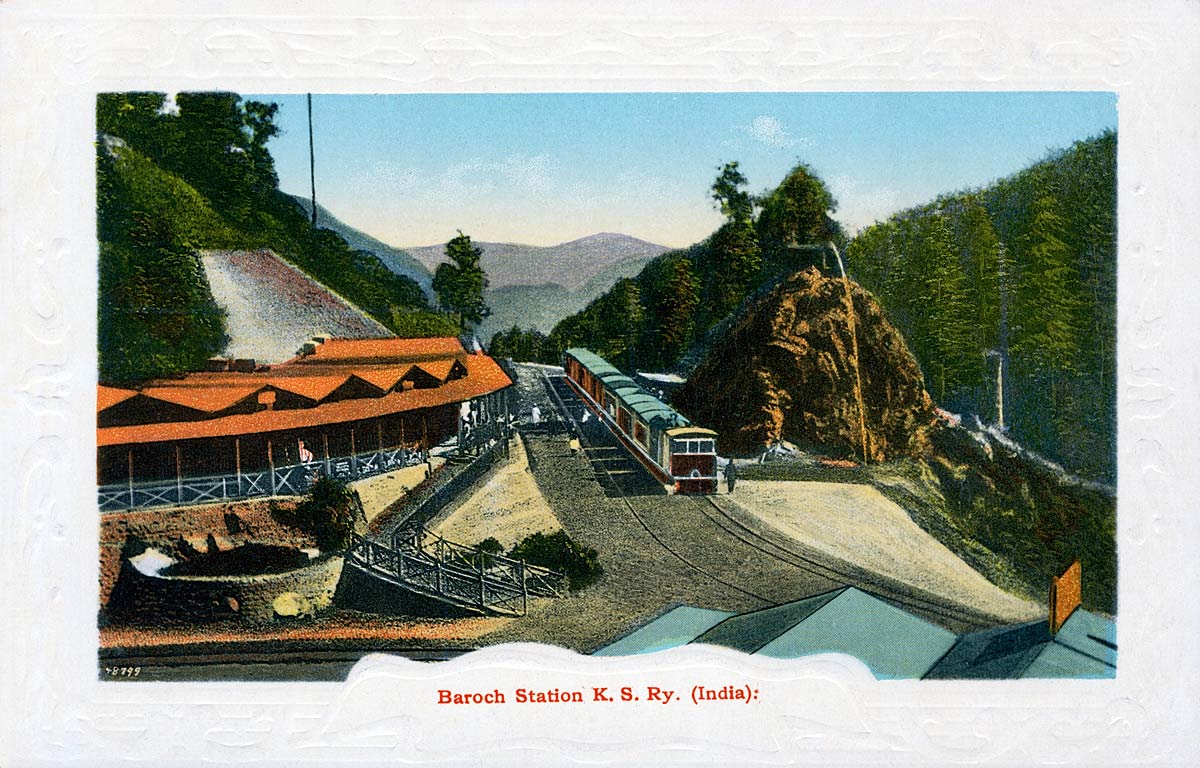For a beautiful postcard like this, we might reach for an excerpt by Nirad Chaudhri (1897-1999). Even if written about a different railway station, in East Bengal, it shows how impactful trains were to those in India at the turn of the century. He writes in Autobiography of an Unknown Indian (1951):
"My continuous memory dates from 1904, which was a year of travels for us. In the early part of the year we went, first, to Mymensingh, the district town and then to Kalikutch. In the first journey we saw trains, and in the second steamers, for the first time. We had been told to be particularly careful when a train moved into the station, since it always made people on the platform giddy. As chance would have it, a train, not ours, was coming in, and three of us brothers sallied out on the platform to see if we did feel giddy. When the train steamed in we interlocked arm in arm and, swaying from side to side, giggled hysterically. Then we marched back into the waiting room to tell our mother that we had really felt giddy. It was neither very childish not so very backward on our part to have paid this physiological homage to a train in 1904, for when a railway line came for the first time to Kishorganj in 1916 there were boys of the matriculation class bowing down to locomotives as to gods." (Addison-Wesley, 1989, pp. 167-8)

